Varanasi and Ganga: Geomorphological and Archaeological Investigations at Ramnagar
The book embodies results of the first multi-disciplinary study carried out on the banks of the river Ganga. The scientific information collected by geological and archaeological investigations by experts brings to light many unknown facets of the centre of Indian culture – Varanasi, and its lifeline – the river Ganga. Needless to say that Ganga and Varanasi are inseparable physically as well as culturally. The results of this study at Ramnagar also make clear the ancient settlement patterns in Varanasi. The holy landscape which grew on the crescent-shaped northern bank of Ganga geologically forms part of the Himalayan formation, while its southern bank connects the region with Deccan plateau. Interestingly, both the banks are valued accordingly. Connected with the abode of gods like Shiva, the Himalayan side is the pious landscape where the city expanded. In contrast, the opposite side, i.e. Ramnagar bank, is not recommended for dwelling as per ancient traditional norms. This bank accordingly was, and still is, sparingly under occupation. Readers may come across many such geo-physical factors, which are deep rooted in the culture of Varanasi.
Besides recording the findings of the geological and archaeological investigations, this book examines roots of certain prevalent mythological stories as well. Ganga, for instance, appears prominently in a number of mythological tales and folklore of Varanasi. In the narration of Ganga-avataran, this holy water channel is said to be diverted to Varanasi due to the penance performed by the sage king Bhagirathi. A pre-Ganga stage in Varanasi is obvious in this tale. Significantly, the pre-Ganga stage and the time from when this water channel started flowing in Varanasi, could be ascertained on account of the scientific analyses in this book.
Get it now and save 10%
BECOME A MEMBER

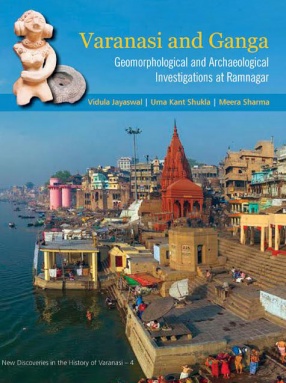
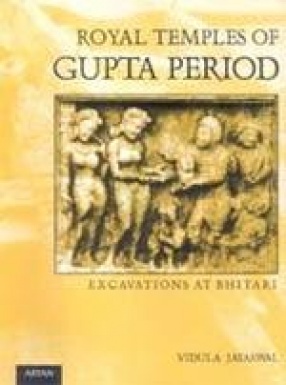


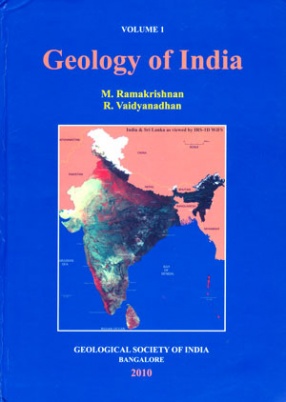
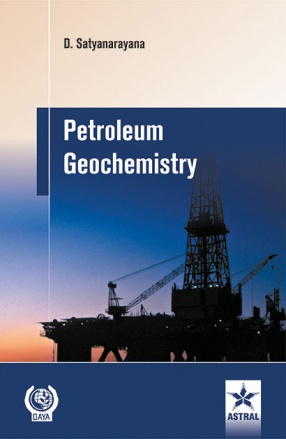
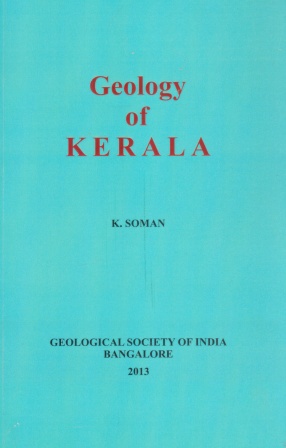
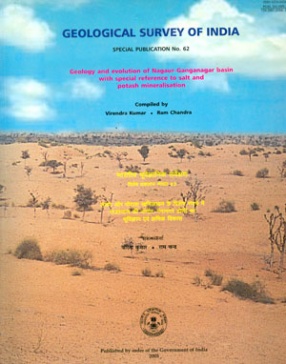

Bibliographic information
Uma Kant Shukla
Meera Sharma